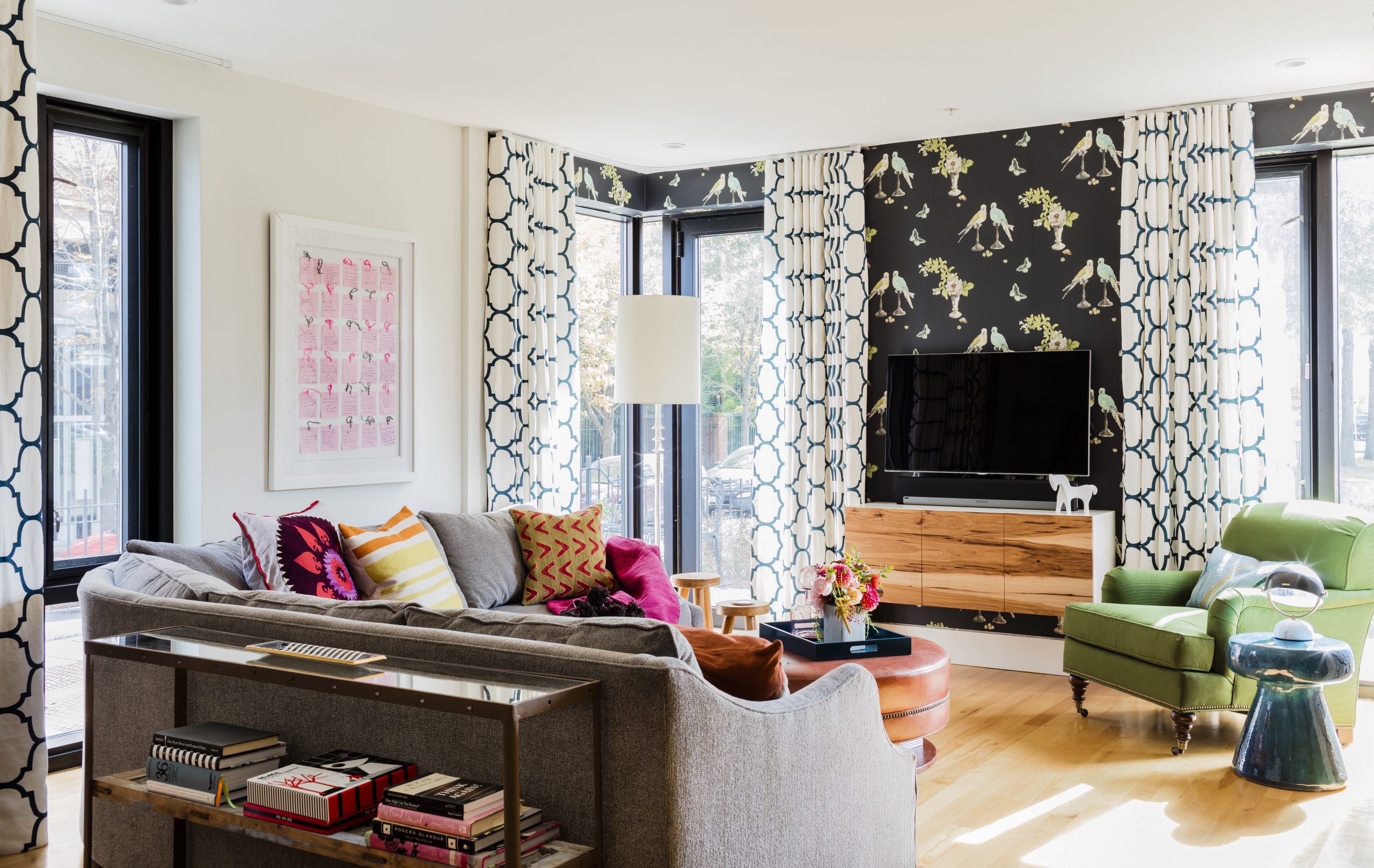When it comes to interior design, mixing and matching patterns and textures can add a lot of visual interest and personality to a space. However, it can also be a little intimidating, especially if you’re not sure how to do it in a way that looks intentional and cohesive. In this blog, we’ll explore some tips and tricks for mixing and matching patterns and textures in interior design.
Start with A Neutral Base
Avoid too many competing patterns and textures; it’s important to start with a neutral base. This could be a neutral paint color on the walls, a neutral sofa or rug, or a combination of both. A neutral base will allow the patterns and textures to stand out without overpowering the space.
Choose a Color Palette
When mixing and matching patterns and textures, it’s important to choose a color palette that ties everything together. This could be a monochromatic color scheme, a complementary color scheme, or an analogous color scheme. Once you have a picture of the color palette in your mind, you can choose patterns and textures that incorporate those colors in different ways.
Mix Patterns of Different Scales
Mixing patterns of different scales can add a lot of visual interest to a space. For example, you might pair a large floral pattern with a smaller geometric pattern or a bold stripe with a more subtle polka dot. Mixing patterns of different scales helps to create a sense of balance and prevents the space from feeling too busy or overwhelming.
Use Texture to Add Depth to Your Space
The texture is another important element to consider when mixing and matching patterns. Textured fabrics and materials can add depth and visual interest to a space, even if they’re not patterned. For example, you might pair a textured wool rug with a smooth leather sofa or a nubby linen pillow with a silky velvet one. Mixing textures can add a lot of dimension to a space and help to balance out the patterns.
Don’t Be Afraid to Mix Styles and Experiment
Mixing patterns and textures can also be a great way to mix different design styles. For example, you might pair a vintage floral print with a modern geometric print or a rustic woven rug with a sleek contemporary coffee table. Mixing different styles can add a lot of personality to a space and make it feel unique and eclectic.
Use Solid Colors as a Buffer
If you’re feeling a little unsure about mixing and matching too many patterns and textures, you can always use solid colors as a buffer. For example, you might pair a bold patterned rug with a solid color sofa or a patterned throw pillow with a solid color armchair. Solid colors can help to balance out the patterns and textures and create a more cohesive look.
In conclusion, mixing and matching patterns and textures in interior design can add a lot of visual interest and personality to a space. By starting with a neutral base, choosing a color palette, mixing patterns of different scales, using texture to add depth, mixing different styles, and using solid colors as a buffer, you can create a space that is unique, eclectic, and visually engaging. So, don’t be afraid to experiment with patterns and textures in your interior design and have fun creating a space that reflects your personal style and tastes!

